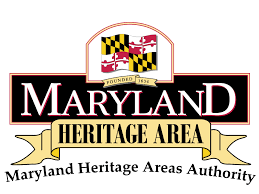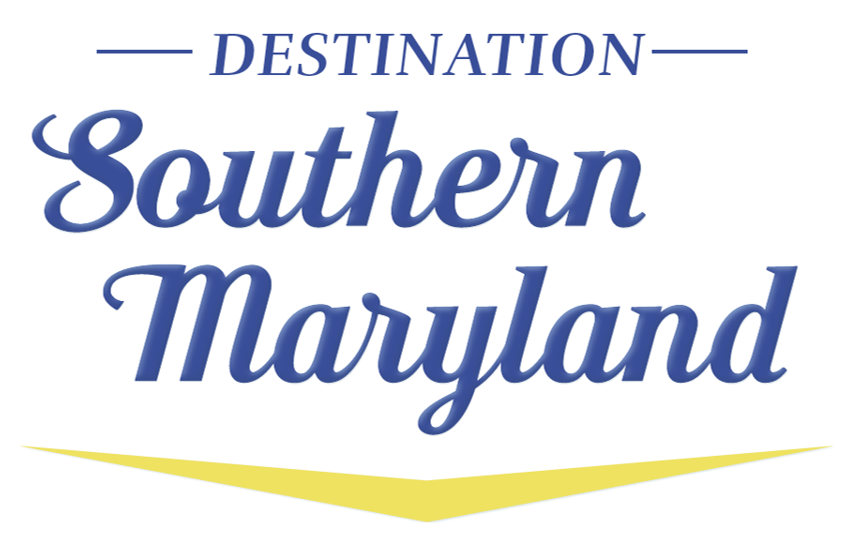
Parkers Creek Heritage Trail Interpretive Materials
Table of Contents
Background information
Parkers Creek watershed, north
Holly Hill
- Web page: Holly Hill History
- Web page: Holly Hill Log Barn
- Web page: Preserving the Holly Hill Log Barn
- Sign: Holly Hill Indigenous Landscapes
- Sign: Holly Hill History
- Sign: Holly Hill Log Barn, West
- Sign: Holly Hill Log Barn, East
Parkers Creek watershed, south
- Forthcoming
Governors Run watershed
- Forthcoming
Funding for the project has been provided by the Maryland Heritage Areas Authority, part of the Maryland
Historical Trust in the Maryland State Department of Planning. The project is one element within the Southern
Maryland Heritage Area.

